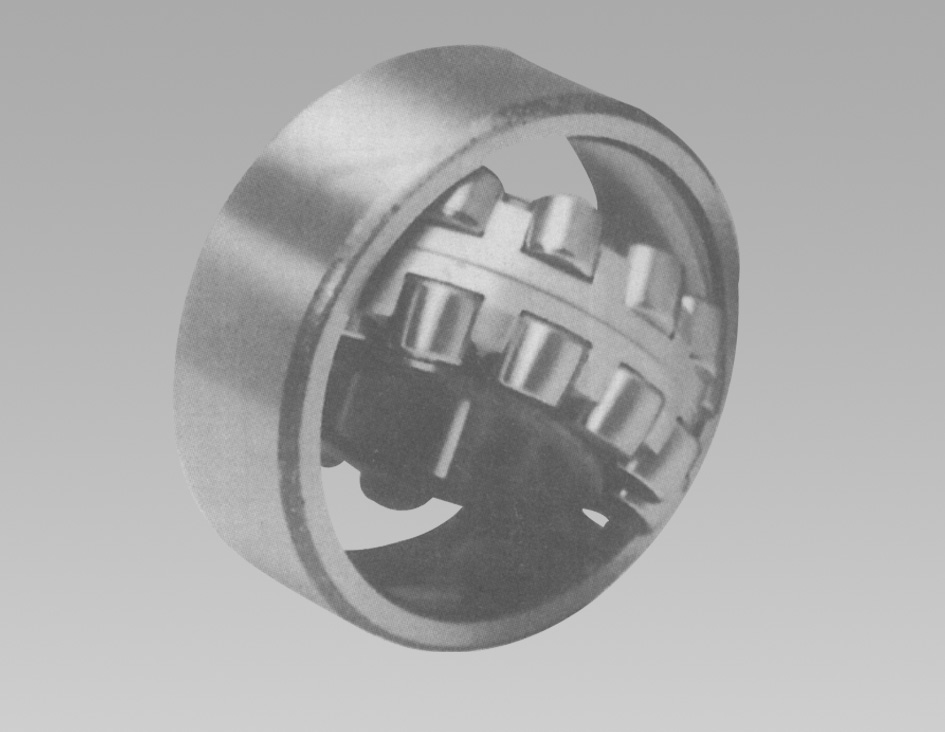
Sep . 12, 2024 06:58 Back to list
Thrust Ball Bearing Sizes | Specifications & Applications
Understanding Thrust Ball Bearing Sizes
Thrust ball bearings are pivotal components in various mechanical systems, allowing for smooth and efficient rotation while handling axial loads. Their principal function is to support axial forces or loads, enabling machinery to operate seamlessly under pressure. However, a critical factor in their effectiveness is selecting the appropriate size of thrust ball bearing for a particular application.
Understanding Thrust Ball Bearing Sizes
The inner diameter is crucial as it determines the bearing’s fit onto the shaft. An improper fit can lead to operational inefficiencies and rapid wear. The outer diameter, on the other hand, dictates how the bearing interacts with the housing or the base assembly, ensuring the facility's structural integrity. Finally, the width of the bearing affects its load-carrying capacity—thicker bearings generally handle heavier loads more effectively.
thrust ball bearing sizes

In industries ranging from automotive to aerospace, the selection of thrust ball bearing sizes must consider several factors, including the maximum axial load, speed of operation, environmental conditions, and the type of lubricant used. High-speed applications might require smaller bearings with specialized designs to withstand higher dynamic loads, while heavy industrial machines may necessitate larger bearings to uphold stability under significant weight.
Manufacturers often provide detailed specifications and charts that outline the sizes available, along with their intended applications. These resources can aid in making informed decisions when selecting thrust ball bearings for specific machinery. Additionally, it’s important to work closely with suppliers to understand the recommended sizes and tolerances for optimal performance.
In conclusion, the size of a thrust ball bearing is crucial for the success and longevity of mechanical systems. Proper sizing ensures that machinery operates efficiently and can handle operational stresses without failure. For engineers, understanding the implications of bearing sizes can lead to better design choices and improved functionality across all kinds of applications. Whether it’s for light-duty applications or robust industrial machinery, the right thrust ball bearing size is essential for maintaining performance and reliability.
Latest news
-
Common Failures in Thrust Ball Bearings and Solutions
NewsAug.22,2025
-
How Tapered Roller Bearings Can Take Shock Loads
NewsAug.22,2025
-
Angular Bearings in High-Precision Spindles
NewsAug.22,2025
-
The Impact of Misalignment on Cylindrical Roller Bearing Performance
NewsAug.22,2025
-
The Role of Cage Design in Deep Groove Ball Bearing Durability
NewsAug.22,2025
-
The Impact of Material Quality on Machinery Bearings’ Lifespan
NewsAug.22,2025
